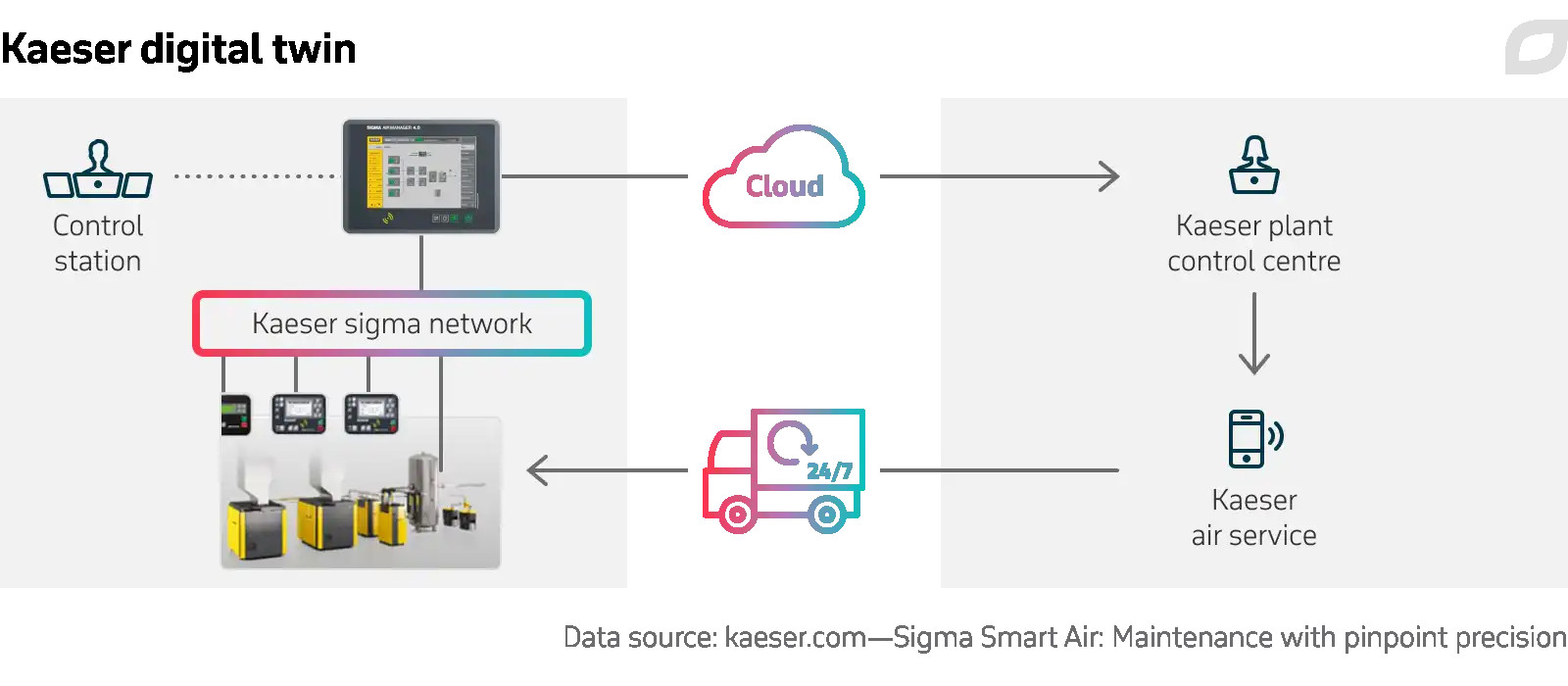EPLAN enables manufacturers to create digital twins of electrical control cabinets and wiring harnesses using its Pro Panel and Harness proD platforms. These 3D digital models integrate component placement, wiring paths, thermal behavior, and manufacturing specifications—providing a complete, engineering-grade representation of the final product. The digital twin improves panel design accuracy, reduces manual rework, accelerates production, and serves as the backbone for automated cable routing, documentation, and downstream manufacturing processes. It is widely used by machine builders, panel manufacturers, and system integrators to modernize electrical engineering workflows.
Facing the dual challenge of ageing infrastructure and the energy transition, distribution-grid operators like naturenergie netze have turned to digital twin technology to accelerate substation modernisation. In collaboration with EPLAN and entegra, naturenergie netze used a pilot substation in Rheinfelden, Germany, to model both its primary equipment (transformers, switchgear) and its secondary control systems (relays, automation) in a single virtual twin.
The project began with detailed 3D scans of the physical substation, high-resolution photography of asset nameplates, and extraction of asset-management system data. These inputs fed a primtech model for the primary system which was then automatically exported to EPLAN for the secondary-system design. The unified twin serves as a “single source of truth”, linking engineering, procurement, asset-management and maintenance functions.
Rather than planning on a case-by-case basis, the twin enables standardisation of substation modules and streamlines engineering workflows, cutting what traditionally took two to three years into months. Users can visualise primary and secondary equipment interactions, simulate upgrades while live operation continues, and plan replacement of control-system components without interrupting service.
Beyond time savings, the twin creates efficiencies through avoiding data duplication, reducing engineering errors, and enabling better procurement and maintenance planning. The architecture emphasises “different views of the same model” rather than separate leading systems, thereby enabling multiple stakeholders (CAD, SAP, asset management) to access one central digital model.
As grid operators prepare for increasing decentralised generation, two-way flows, and the need for flexible assets, EPLAN’s transformer-substation twin provides a blueprint for digitising one of the most challenging environments in energy infrastructure. The pilot demonstrates how utilities can respond to modern demands on the grid faster, smarter and more flexibly.
<p><a href="https://thevoltpost.com/eplan-entegra-digital-twin-transformer-substations/" target="_blank">https://thevoltpost.com/eplan-entegra-digital-twin-transformer-substations/</a></p><p><a href="https://discover.eplan.ch/whitepaper-elektrisiert-der-digitale-zwilling#" target="_blank">https://discover.eplan.ch/whitepaper-elektrisiert-der-digitale-zwilling#</a></p><p><a href="https://www.eplan.com/de-de/ueber-uns/standorte/europe/germany/headquarter-monheim" target="_blank">https://www.eplan.com/de-de/ueber-uns/standorte/europe/germany/headquarter-monheim</a></p><p>https://www.eprmagazine.com/special-report/digital-revolution-in-transformer-substations/</p>










